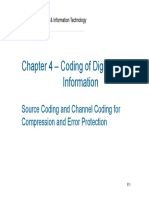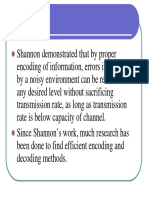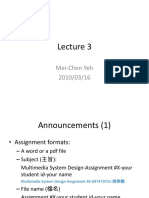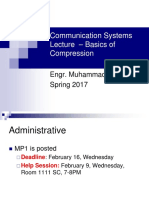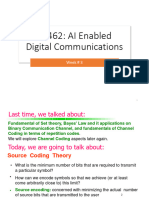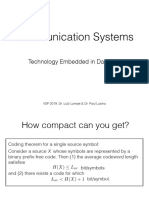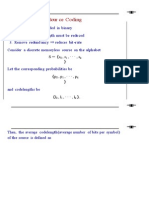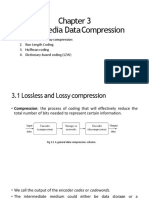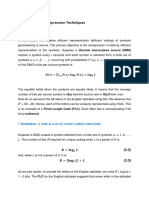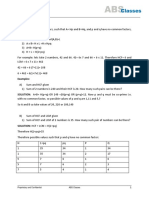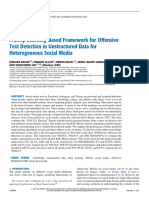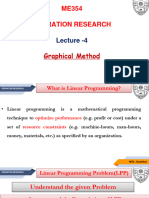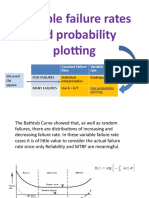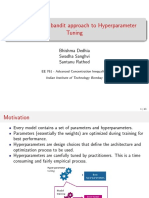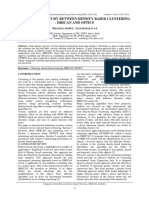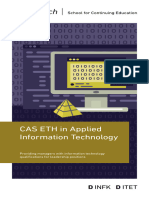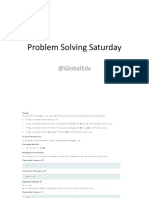0% found this document useful (0 votes)
13 views20 pagesTutorial 8
The document discusses source coding techniques, focusing on fixed-length and variable-length codes, including Huffman coding. It explains the importance of coding for data compression, error protection, and secrecy, and differentiates between lossless and lossy compression methods. Additionally, it provides examples and exercises related to Huffman coding, illustrating how to assign codewords based on symbol frequency.
Uploaded by
zCopyright
© © All Rights Reserved
We take content rights seriously. If you suspect this is your content, claim it here.
Available Formats
Download as PDF, TXT or read online on Scribd
0% found this document useful (0 votes)
13 views20 pagesTutorial 8
The document discusses source coding techniques, focusing on fixed-length and variable-length codes, including Huffman coding. It explains the importance of coding for data compression, error protection, and secrecy, and differentiates between lossless and lossy compression methods. Additionally, it provides examples and exercises related to Huffman coding, illustrating how to assign codewords based on symbol frequency.
Uploaded by
zCopyright
© © All Rights Reserved
We take content rights seriously. If you suspect this is your content, claim it here.
Available Formats
Download as PDF, TXT or read online on Scribd
/ 20





